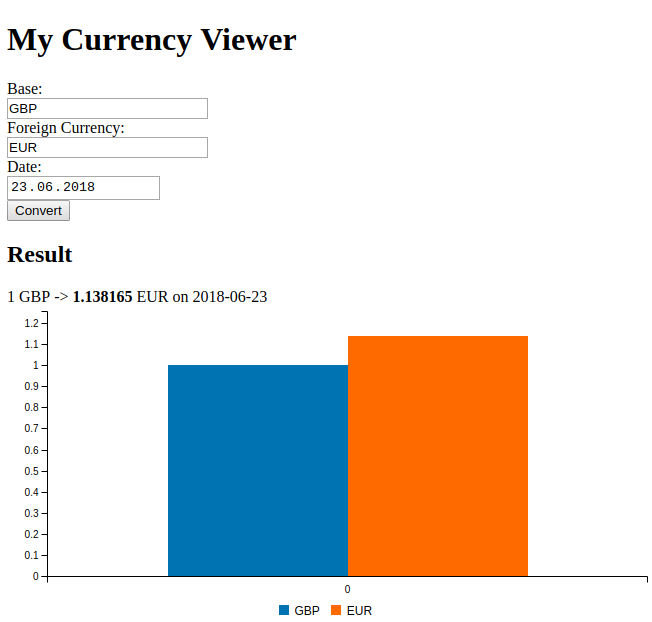Compound slot initialisation
Purpose
To explain how to initialise the value of the slots of a compound component and its members.
Prerequisites
You know how to create compound components.
Introduction
Sometimes, it might be useful to initialise the value of a compound component slot or the slot of a member to assure some behaviour when the component is loaded. You can perform this initialisation in the manifest file associated to your component, using the inits property of a compound component definition. In the following sections, we will explore this process and present some related details.
Sample case
To clarify the initialization process, we will use the currency-viewer compound created in this tutorial.
Initialising slots
You can initialise the slots of a compound component or the slots of its members in the manifest definition using the inits property, which is an array of objects with the following structure:
| Property | Requirement | Description |
|---|---|---|
| description | Optional | A short description of this initialisation, e.g. responsibility. |
| memberIdRef | Required only for members initialization | The memberId of the member that contains the slot. It is only necessary if the slot belongs to a member. |
| slot | Required | slotId of the slot to be initialised |
| value | Required | The value to init the slot with, it can be an object, an array, a string, a number or a boolean. |
If a slot is connected to more than one slot, the initialization will be performed in the order in which the connections were defined in the connections property of the compound component.
Initialising compound slots
If you want to set the initial value of the slot of a component, you should provide the slotId of the desired slot. Remember that when initialising compounds, the memberIdRef property should not be defined.
Initialising member slots
Let's say that we want to have the following default values for our compound:
| slot | memberIdRef | Init value |
|---|---|---|
| base | currencyConverter | GBP (Pound sterling) |
| foreignCurrency | currencyConverter | EUR |
| date | currencyConverter | 2018-06-23 |
To aim that, we should extend the inits property of the compound definition as follows:
// ...
"compoundComponents": [
{
"artifactId": "currency-viewer",
// ...
"inits": [
{
"slot": "base",
"memberIdRef": "currencyConverter",
"value": "GBP",
"description": "Pound sterling would be the default base currency"
},
{
"slot": "foreignCurrency",
"memberIdRef": "currencyConverter",
"value": "EUR",
"description": "Euro would be the default target currency"
},
{
"slot": "base",
"memberIdRef": "currencyConverter",
"value": "2018-06-23",
"description": "Default date for the currency conversion"
}
]
},
// ...
],
// ...
Note that if the component of a member has been initialised within its definition, that initialisation will be overwritten by the one you define within the compound that contains it as a member.
Result
If you run the demo page of the currency-viewer component, you will note that the input texts have the values that you defined as presented below:

You can also check the results at the online demo.
